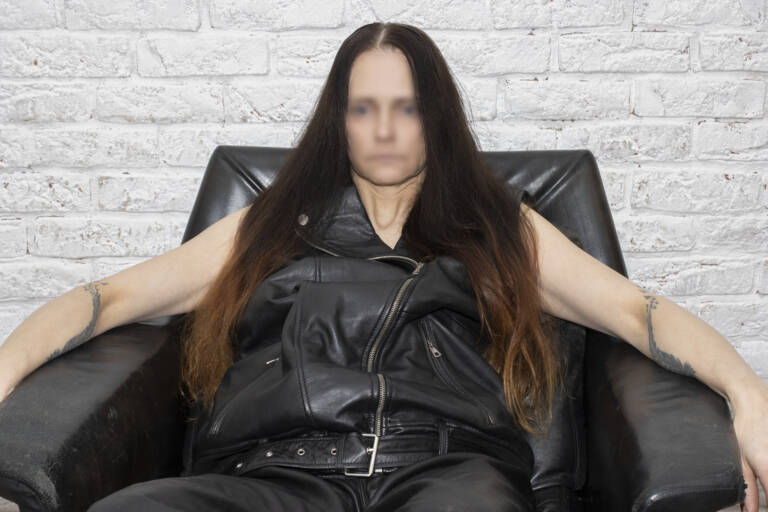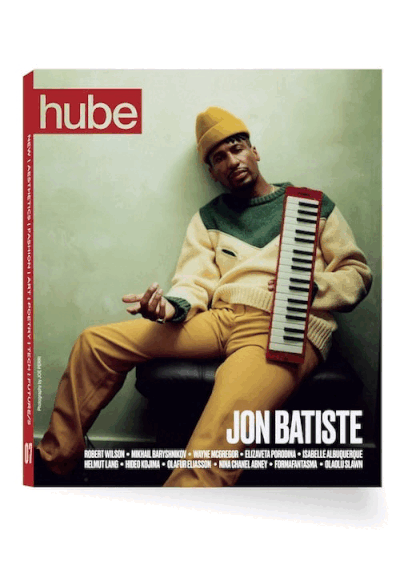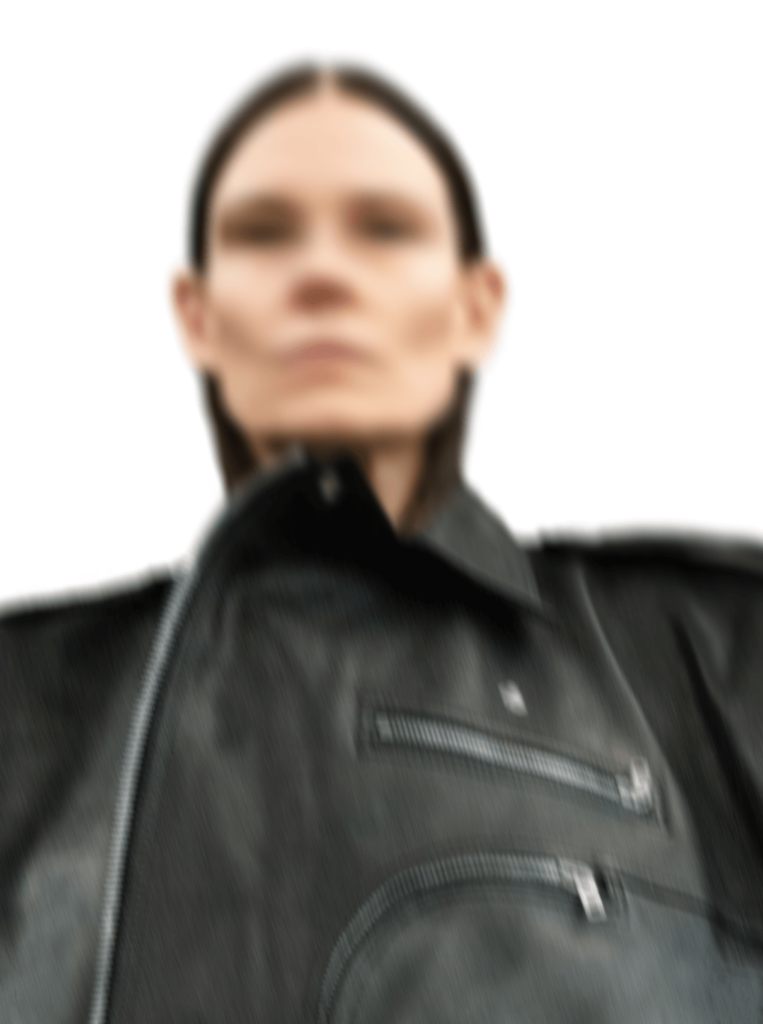
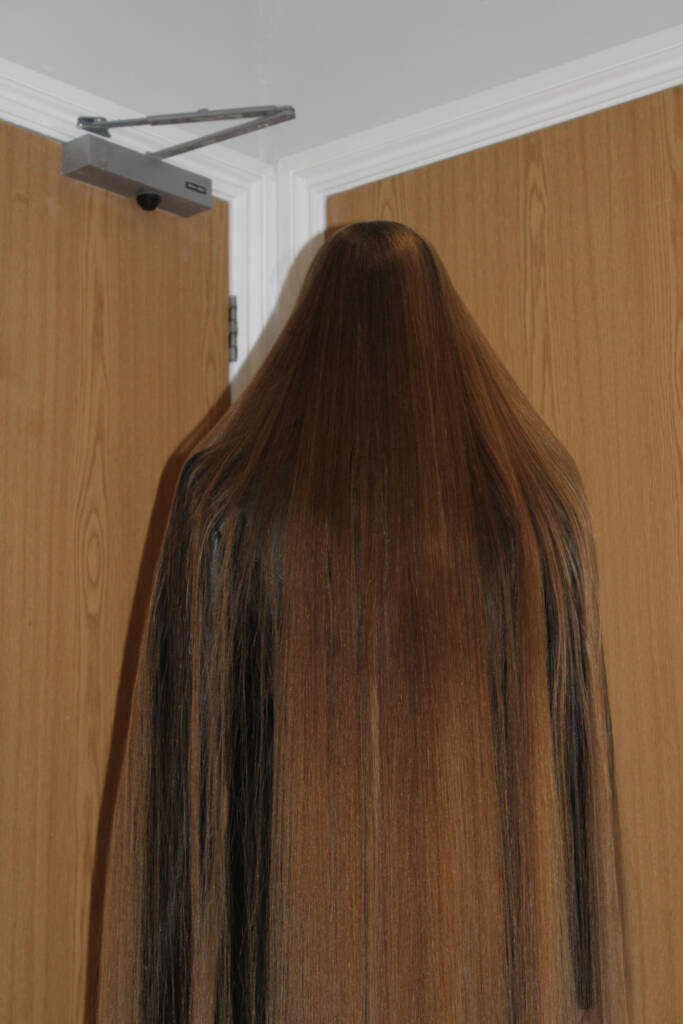
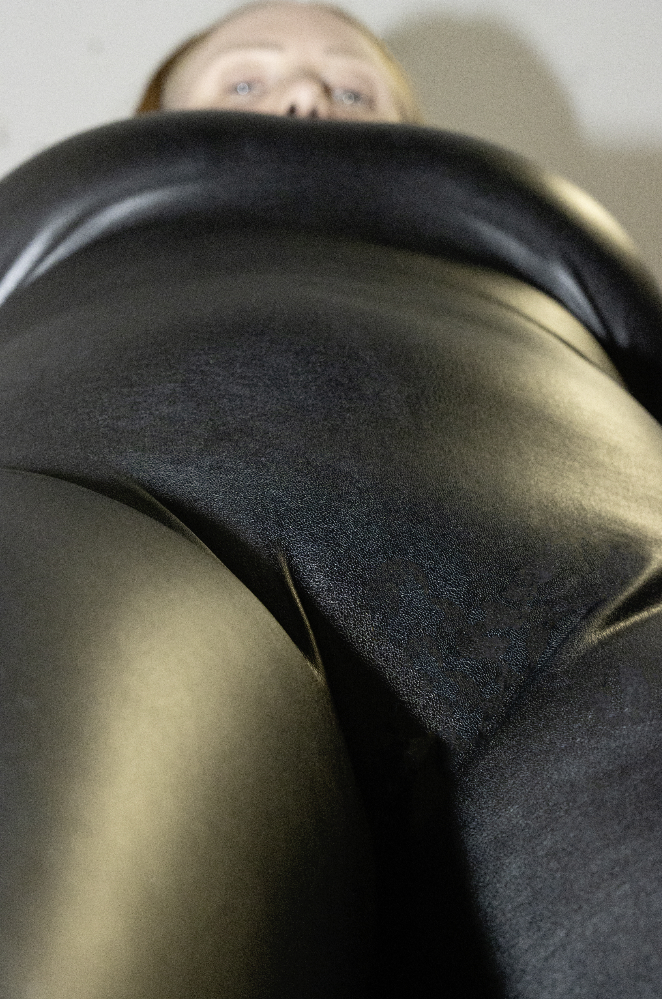
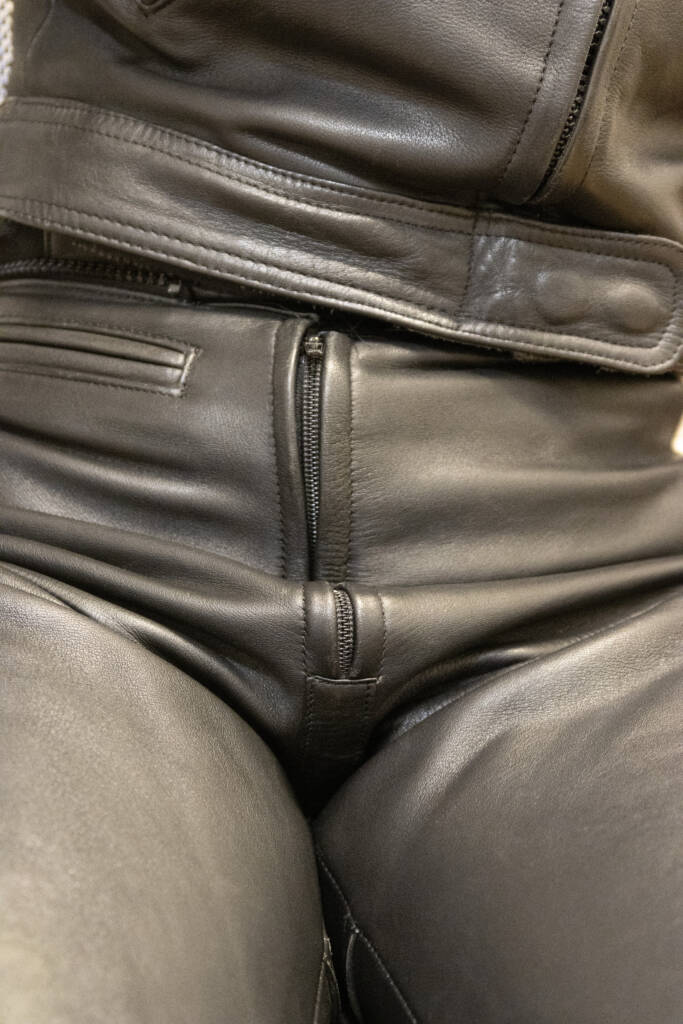
In an age of filtered images and curated personas, Kristina Nagel’s work stands out for its defiance of conventional beauty standards and exploration of depersonalisation. Through a blend of fashion and conceptual photography, Kristina abstracts the human form, questioning the very nature of identity and representation. In this interview, she reflects on her creative journey, the role of intuition in her process, and how her art confronts societal expectations, offering a new visual language that invites viewers to engage with discomfort, ambiguity, and raw authenticity.
Kristina Nagel’s first solo show in New York, USER 2, opens at Gratin on 8 May 2025, coinciding with Frieze New York.
hube: You’ve had such a diverse career, from producer to model agent, casting director, and curator. How have these experiences shaped your vision as a photographer and artist?
Kristina Nagel: Every role added a layer. I had to learn to see beyond the surface. Unconsciously, over time, I absorbed what resonated with me, and that became the foundation of my work. Now, it’s instinct over explanation and about capturing what feels real in a moment and authentic to me.
My approach to making work comes from a place of genuine inquiry rather than technical mastery. When you’re not bound by traditional training, you’re free to question everything—even basic assumptions about what photography is or should be. This outsider position isn’t a limitation; it’s actually a form of freedom. I can approach each image as a new problem to solve without being constrained by ‘correct’ methods or established ways of seeing. Sometimes, the most interesting things happen when you don’t know what you’re not supposed to do.
There’s a difference between technical knowledge and visual intelligence. I’m more interested in developing a way of seeing that questions our theories about representation than in perfecting conventional photographic techniques. This approach allows me to stay close to the raw impulse that drives the work rather than getting lost in technical considerations.
h: Your work often features distorted and blurred faces, a motif that symbolises depersonalisation. Could you elaborate on what this means to you and why you gravitate toward this visual language?
KN: Like certain particles in physics, some things are only observable through their effects, not directly. By removing faces or identifying features, I remove the easiest way to categorise or commodify a person. What remains is often more truthful than what we hide. There ́s a sense of liberation in becoming unrecognisable. I’m absorbed by that zone where normal views and interpretations cease to function—an environment in which the viewer has to engage with their own discomfort and uncertainty.
Depersonalisation is a core aspect of my artistic approach. It is not just about distorting or obscuring faces but about questioning the very notion of identity as something fixed.
A rejection of easy understanding.
h: You have said that your photography is more about feeling than explanation. How do you communicate those feelings through imagery, and do you think the viewer’s interpretation plays a part in the art itself?
KN: Photography, for me, is always a dialogue, but first and foremost, with myself. I’m very personal about how I take images—I want to feel good, inspired, or challenged. I don’t focus on how the viewer interprets my work. What I might be interested in is about how it makes them feel. I believe, in general, that the most powerful artistic gesture is to create something that resists easy categorisation or explanation. In doing so, I open up spaces of possibility in the viewer’s mind.
I’m convinced that if my images evoke a strong feeling in me during the moment of creation, and I know that it’s exactly what I want to work on, then that feeling will be transmitted to the viewer. This is why I choose my projects very selectively—because I understand the importance of photographing only what makes sense to me.
For me, the viewer’s interpretation is not crucial to the art itself or my process as an artist. It’s more about the emotional connection the work creates, not how it’s understood.
h: Your work with major fashion houses like Balenciaga and Rick Owens features distortions in different forms. Do you see fashion as a tool for exploring personal identity, or do you view it more as an aesthetic element within your art?
KN: Fashion, for me, is primarily an aesthetic tool to distort and reshape the body, creating new forms and perceptions. I often use materials like leather to explore the tension between structure and flexibility, pushing how these elements alter our understanding. My focus is not on personal identity but on using fashion to transform how we see and feel, challenging conventional norms and creating abstract, conceptual visuals.
Working with Rick is an incredibly rewarding experience. I feel very humbled and grateful to be a small part of his universe.
